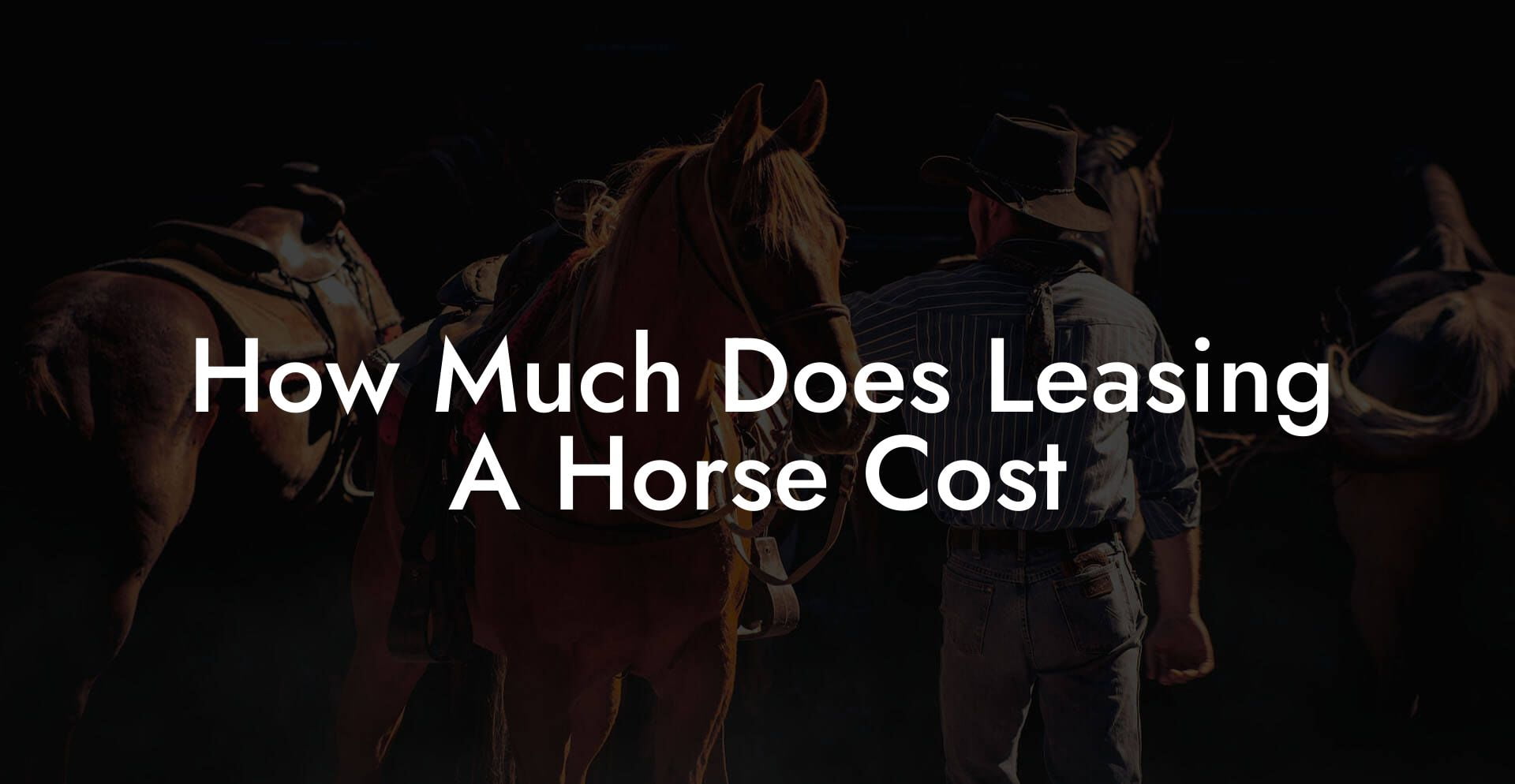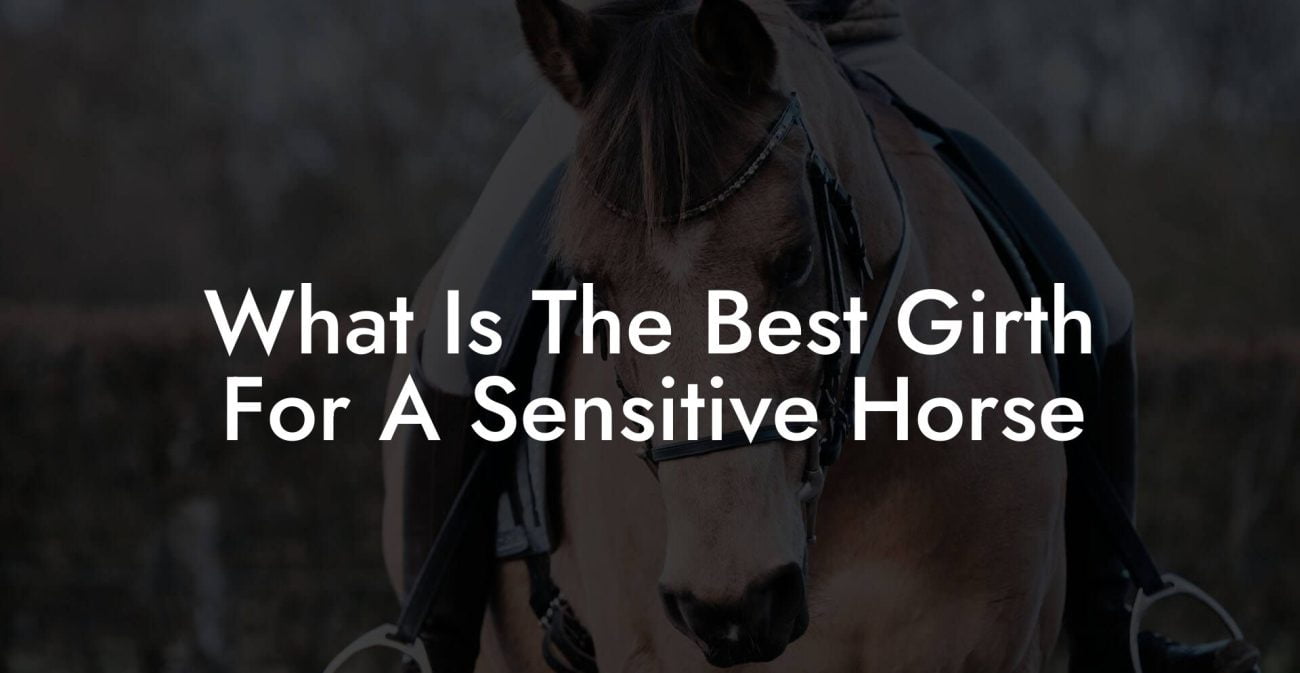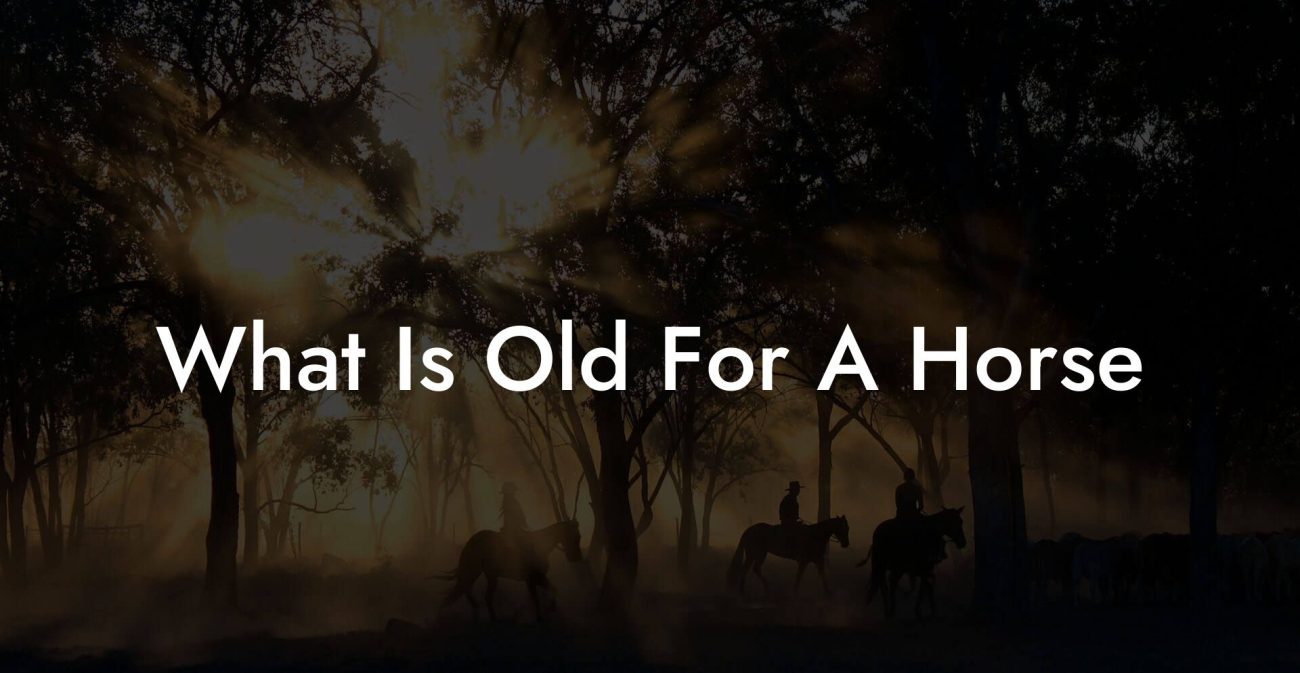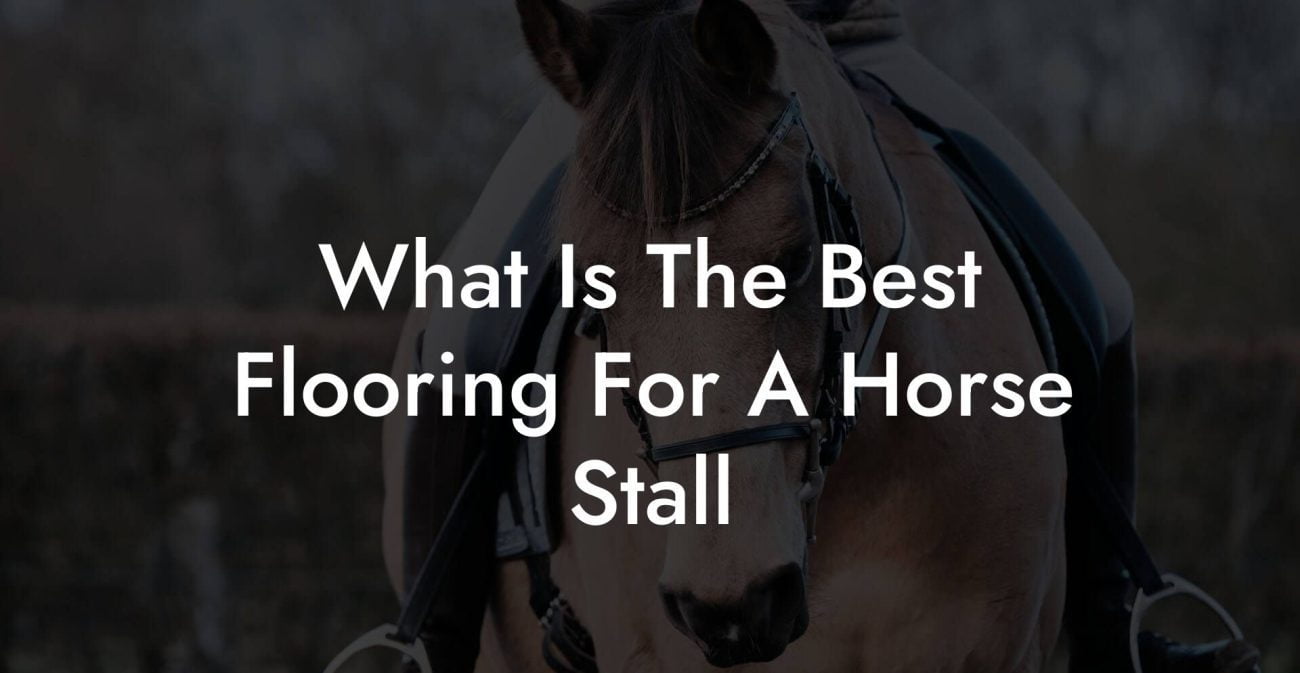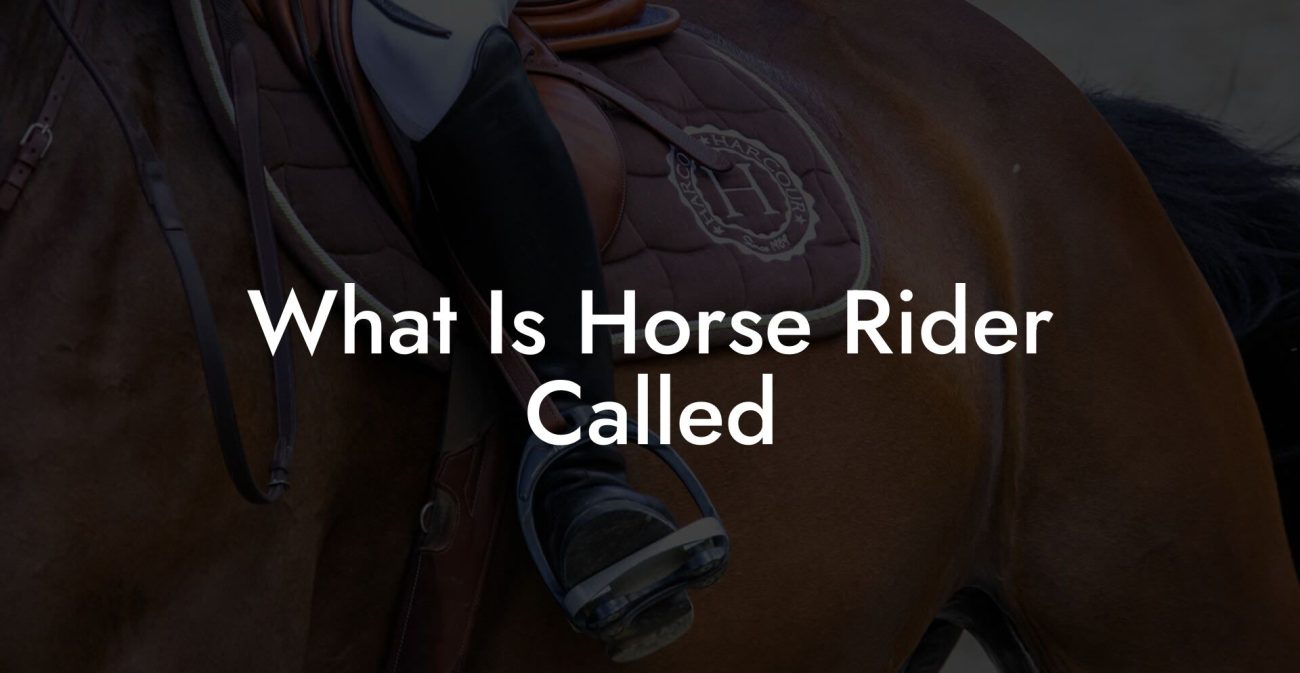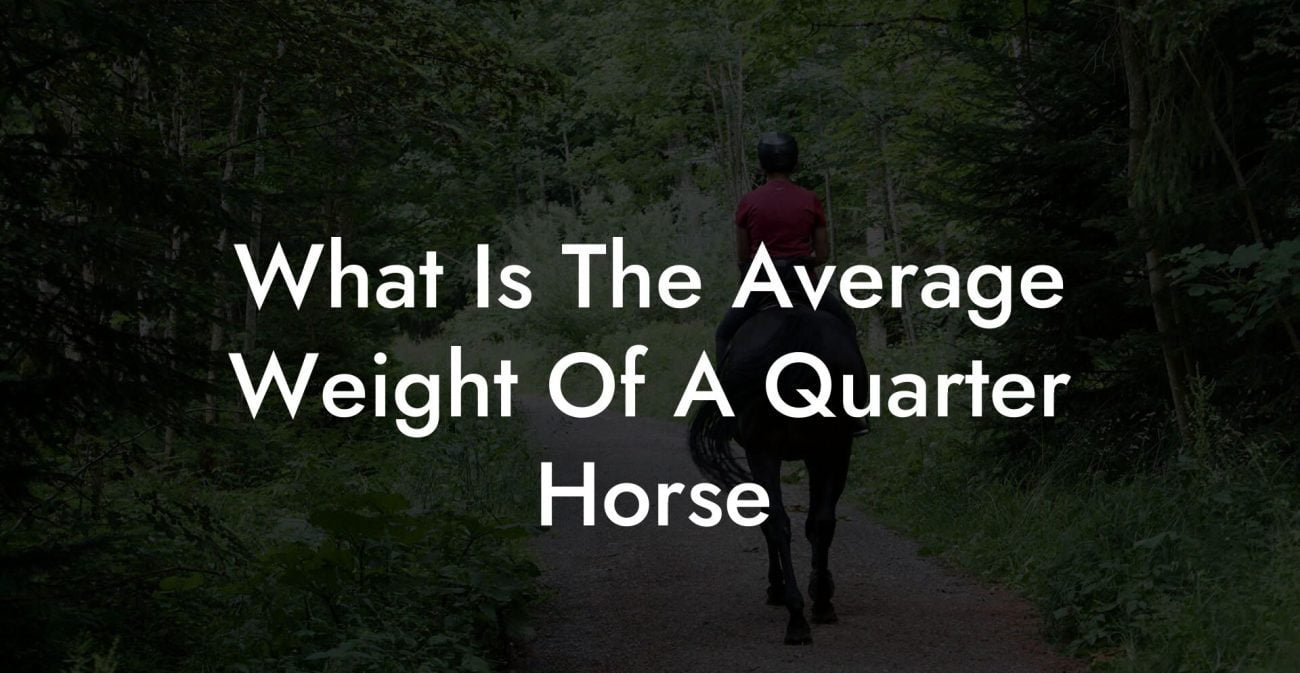Ever thought that owning a horse was a bit too much commitment, but you still crave horsey adventures and that epic equestrian aesthetic on your Insta feed? Leasing a horse might just be your ticket to the paddock without the lifelong attachment. In this comprehensive guide, we’re diving deep into the costs, contracts, and quirky nuances of leasing a horse. We’ll break down every expense—from the upfront fees to the hidden charges that sneak up on you like an uninvited barnyard rooster. So saddle up (figuratively, of course) and let’s explore how much leasing a horse really costs, what to expect, and how to care for your leased equine companion on a budget that won’t leave your wallet neighing in despair.
Quick Links to Useful Sections
- Why Consider Leasing a Horse?
- Breaking Down the Costs: Fixed and Variable Expenses
- Fixed Costs
- Variable and Hidden Costs
- Is Leasing a Horse Worth It?
- Factors That Influence the Price of Leasing a Horse
- Breed and Bloodline
- Age and Training Level
- Location and Facilities
- Duration and Frequency of Use
- Included Services and Add-Ons
- Common Expense Categories: A Detailed Breakdown
- Hidden Fees and Unexpected Costs: What to Watch Out For
- Lease Options and Contracts: What to Look For
- Tips to Save Money Without Compromising Horse Care
- How to Care for a Leased Horse: More Than Just a Financial Equation
- Establish a Routine
- Communication with the Stable
- Educate Yourself
- Show Some Love
- Community, Resources, and Equestrian Lifestyle Support: Your Next Steps
- Integrating Technology and Horse Leasing Management Tools
- Navigating Your Future: A Personal Roadmap for Horse Leasing
- FAQs on Leasing a Horse: Your Questions Answered
- Your Journey to Affordable, Well-Cared Horse Leasing
Why Consider Leasing a Horse?
In an era where commitment-phobia meets wanderlust, leasing a horse is gaining traction among Gen-Z and millennials who crave the equestrian lifestyle without the full-time responsibility of horse ownership. Leasing offers the best of both worlds: an opportunity to ride, care for, and build a unique bond with a majestic animal, while keeping your weekend and wallet free for spontaneous adventures.
Whether you’re a first-timer excited about learning the ropes of horsemanship or a seasoned rider seeking variety without the long-term commitment, leasing a horse provides flexibility, lower financial risk, and a trial runway to decide if full ownership is right for you. From casual trail rides to competitive training, leasing can cater to your riding aspirations without locking you into a lifetime of stable bills.
Plus, let’s be honest—there’s something irresistibly cool about saying, “I lease a horse,” at social gatherings. It’s like an exclusive club of modern equestrians who understand that passion sometimes outweighs permanence.
Breaking Down the Costs: Fixed and Variable Expenses
When it comes to leasing a horse, there are two main types of expenses: fixed costs and variable (or hidden) costs. Understanding these is key to crafting a realistic budget.
Fixed Costs
Fixed costs are the expenses that you know come along with your lease contract. These include:
- Monthly Lease Fee: This is your regular payment that essentially rents you the horse for a predetermined period. It often varies based on the horse’s breed, age, training level, and overall market demand.
- Initial Down Payment: Some lease agreements require an upfront fee or deposit. This can be seen as a form of commitment and a safeguard for the leasing stable.
- Insurance: Leasing contracts typically involve insurance costs—either through a group plan provided by the stable or something you arrange independently. This covers both rider and horse in the event of injuries or accidents.
- Basic Stall/Boarding Fees: Many lease agreements include a fee for the use of the stable, which is sometimes bundled with the lease fee.
Variable and Hidden Costs
While fixed costs are easy to predict, variable costs can add up unexpectedly if you’re not careful:
- Routine Veterinary Care: Even leased horses require regular check-ups, vaccinations, dental care, and deworming. Sometimes these costs are shared between you and the leasing stable.
- Farrier Services: Hoof care, including trimming and shoeing, is crucial to a horse’s well-being. Rates can vary depending on your region and the horse’s needs.
- grooming and Supplies: From shampoo and brushes to fly spray and hoof picks, maintaining your leased horse’s appearance and health is a recurring expense.
- Feed and Supplements: While some agreements include basic feed, any additional or premium nutrition often falls to you. This includes hay, grain, and special supplements based on your horse’s diet plan.
- Training Fees: If you wish to improve your riding skills or your horse’s performance, professional training sessions could be an additional cost.
- Event Participation: Want to take part in a local equestrian competition or a fun trail ride? Events often come with entry fees and sometimes extra costs such as transportation or extra care.
All these expenses add up to a custom financial equation that only you and your leasing stable can truly decipher together. The key is to ask all the right questions before signing on the dotted line.
Is Leasing a Horse Worth It?
Let’s break it down: Is the equation of leasing a horse—combining fixed fees, variable costs, and heartwarming riding experiences—worth it? The answer depends on your personal lifestyle, riding frequency, and financial flexibility.
Pros: Leasing allows you the opportunity to learn horse care basics, enjoy regular riding, and test the waters without the long-term commitment. Ideal for urban dwellers with a transient lifestyle or those trying to expand their hobbies on a moderate budget.
Cons: On the flip side, monthly fees that seem modest at first can quickly escalate when adding extras like training sessions, additional feed, and care services. Additionally, leases may come with strict contractual conditions that limit your decision-making power regarding the horse’s care.
Ultimately, if you’re ready to invest both time and money—and savor every bit of on-horse bonding—leasing might be the perfect middle ground between casual enjoyment and a full-blown equestrian career.
Factors That Influence the Price of Leasing a Horse
The cost of leasing a horse isn’t an arbitrary number; it’s the sum of several factors that can vary widely from one arrangement to the next. Here are the key elements that determine your monthly and overall expenses:
Breed and Bloodline
Just like designer sneakers, some horses come with a premium price tag thanks to their lineage. A purebred or a horse with a well-regarded bloodline that’s proven in competitive arenas often commands higher lease fees.
Age and Training Level
Younger, untrained horses might be less expensive than their older, fully trained counterparts. However, training levels can affect your experience: a well-trained horse may cost more upfront but could lower the risk of mishaps (and associated fees) in the long run.
Location and Facilities
Leasing costs vary by region. Urban areas or upscale equestrian centers typically come with a heftier price tag due to premium facilities and high demand. If you’re in a rural area with plenty of space and access to quality stables, the costs might be more affordable.
Duration and Frequency of Use
Some leases are designed for occasional weekend rides, while others cater to those who want regular, perhaps daily, access. Increased usage often means higher costs, so be sure to align your lease choice with your riding schedule.
Included Services and Add-Ons
Ask yourself what’s included in the base lease fee versus what you have to pay extra for. Some leases may cover basic vet check-ups and farrier visits, but others might charge extra for these essentials.
By understanding how these factors interplay, you can better compare leasing options and negotiate a deal that sings to your individual needs and budget.
Common Expense Categories: A Detailed Breakdown
To help you navigate the maze of leasing costs, we’ve broken down the most common expense categories that you’ll likely encounter:
- Lease Fee: The primary cost that gives you access to ride the horse. This fee varies based on the horse’s characteristics and the terms of the lease.
- Insurance Premiums: Protecting both you and the horse—a must-have in case of mishaps or injuries.
- Boarding and Pasture Fees: Costs associated with housing the horse. Some leases offer shared boarding facilities, while others may require additional payments.
- Routine Care: Regular veterinary visits, vaccinations, dental, and deworming costs can be allocated as part of the lease or incurred separately.
- Hoof and Grooming Care: Farrier visits (trim and shoe) and grooming supplies that keep your horse looking and feeling its best.
- Feeding Expenses: Basic feed, hay, and any special supplements necessary for the horse’s diet.
- Training or Lesson Fees: If you opt to improve your riding or the horse’s performance, professional training sessions may be extra.
When crunching the numbers, always add a buffer for unexpected expenses. It’s better to have a financial safety net than to face surprise costs that derail your riding dreams.
Hidden Fees and Unexpected Costs: What to Watch Out For
Let’s be real: hidden fees are like that random extra charge on your online shopping cart—they always seem to appear when you least expect them. In horse leasing, these can surface in several forms:
- Excess Use Charges: Some leases limit the number of hours or days you can ride the horse. Any extra time beyond that limit might incur additional fees.
- Maintenance Upgrades: If your leased horse requires special care, upgrades in feed or care routines might come with extra costs not initially outlined in the contract.
- Transportation Fees: Want to take your horse to a trail ride or competition? Some agreements factor in transportation costs, especially if the venue is farther away.
- Late Payment Penalties: Ensure you’re clear on payment deadlines. Late fees can add up quickly, turning a manageable lease into a financial headache.
- Damage or Wear Fees: Unlike renting a car, your leased horse might have wear-and-tear clauses related to injuries or grooming mishaps. Always review these details carefully.
The key to avoiding unexpected costs is thorough research and a detailed lease agreement. Ask questions, read the fine print, and consider consulting someone with a seasoned equestrian background before committing.
Lease Options and Contracts: What to Look For
A horse leasing contract can feel like an ancient scroll written in legalese, but fear not—here’s what to focus on:
- Duration of the Lease: Contracts can range from a couple of months to a full season or even a year. Choose the duration that aligns with your riding goals.
- Responsibilities: Clearly defined roles are essential. Who’s responsible for vet bills, farrier services, and routine feed? Make sure these details are spelled out.
- Usage Limits: Confirm the allowed number of riding hours or days per week/month. Understanding these limits will prevent any surprise overage fees.
- Early Termination Clauses: Life happens. Ensure you know the implications and any fees associated with ending the lease early.
- Liability and Insurance: Make sure the contract includes adequate coverage, so you’re protected in case of accidents or injuries on both ends.
A well-drafted lease contract not only protects your wallet but also clarifies expectations, ensuring a smooth and enjoyable horse leasing experience.
Tips to Save Money Without Compromising Horse Care
Who says you can’t cut costs without sacrificing quality care for your equine partner? Here are some savvy tips to help you optimize your horse leasing experience on a budget:
- Negotiate the Lease: Don’t be afraid to negotiate certain aspects of the lease. If you plan on riding frequently, see if you can get a bundled discount on training or care services.
- Share Expenses: Some leasing arrangements allow for cost-sharing. Consider forming a riding partnership with a friend to split fees like boarding, training sessions, or even transportation costs.
- Do Your Research: Compare different stables and leasing options in your area. Reviews, word-of-mouth recommendations, and online forums can offer insights into the best value for your buck.
- Learn Basic Horse Care: Investing time in learning grooming, basic first aid, and routine care techniques not only deepens your bond with your leased horse but can also save you money on professional services.
- Budget for the Unexpected: Always set aside a portion of your budget as a contingency fund for those pesky unexpected expenses.
With some creative thinking and proactive planning, you can ensure that every dollar you spend enhances your riding experience and your horse’s well-being.
How to Care for a Leased Horse: More Than Just a Financial Equation
Caring for a leased horse isn’t just about budgeting—it’s also about developing a genuine, respectful bond with a living creature that deserves love and attention. Even if the horse isn’t yours permanently, your role is crucial:
Establish a Routine
Consistency is key in equine care. Create a daily or weekly routine that includes feeding, grooming, exercise, and rest. A predictable schedule not only helps the horse adjust but also makes your own responsibilities easier to manage.
Communication with the Stable
Keep open lines of communication with the stable managers and trainers. Regular updates about the horse’s condition, behavior, and any changes in care are critical. This collaboration ensures that any issues are caught early and managed efficiently.
Educate Yourself
The internet is bursting with horse care tips, video tutorials, and forums that connect like-minded equestrians. From understanding nutritional needs to mastering the basics of hoof care, knowledge is power when it comes to keeping your leased horse in tip-top shape.
Show Some Love
Don’t underestimate the power of a gentle touch. Spending extra time with your horse through calm interactions and simple grooming sessions can boost both its physical health and emotional well-being.
Remember, the cost of leasing a horse isn’t one-dimensional—it’s a multifaceted relationship where quality care enhances the overall value of your experience.
Community, Resources, and Equestrian Lifestyle Support: Your Next Steps
One of the best parts of joining the equestrian world is the vibrant community and wealth of resources available at your fingertips. Whether you’re a casual rider or an aspiring competitor, tapping into these networks can elevate your leasing experience.
Here are some ways to connect and build your support system:
- Online Forums and Social Media: Platforms like Instagram, Facebook groups, and Reddit have passionate communities sharing tips, personal experiences, and advice on horse leasing and care.
- Local Riding Clubs: Many communities host riding clubs, workshops, or meet-ups where you can learn and network with experienced riders.
- Workshops and Clinics: Attend events focused on horse care, riding techniques, and even budgeting for equestrian pursuits. You never know when a new tip could save you money or prevent a potential mishap.
- Equestrian Blogs and Podcasts: Keep updated with the latest trends in horse leasing and care. Influencers and experts often share cost-saving strategies and contract negotiation tips.
By engaging with these communities, you’re investing in a network that not only provides support and guidance but also celebrates the equestrian lifestyle in all its diverse, modern, and occasionally quirky glory.
Integrating Technology and Horse Leasing Management Tools
The digital age is here—even on the back of a horse. Modern riders have a wealth of apps and online platforms to help manage their leasing arrangements and monitor costs. These tools can simplify budgeting, track expenses, and even schedule feeding, exercise, and vet check-ups.
Equestrian Management Apps: Several apps are designed specifically for horse owners and lessees, offering features that range from payment scheduling to digital journals for health and performance.
Online Marketplaces: Research and compare leasing options through dedicated equestrian platforms where stables advertise lease deals, rider reviews, and promotional offers.
Budgeting Tools: Use budgeting apps to set aside a dedicated fund for your horse care expenses. Tracking every dollar not only minimizes surprises but also ensures you’re making the most out of your leasing experience.
By incorporating these technological solutions into your daily routine, you can manage your horse leasing expenses like a pro—leaving more time for enjoying those breathtaking rides.
Navigating Your Future: A Personal Roadmap for Horse Leasing
Planning your journey into the equestrian realm of leasing should be as exciting as it is pragmatic. Think of it as mapping out your own personal rodeo, where each step brings you closer to mastering both the art of riding and the savvy of financial planning.
Consider the following steps as you draft your roadmap:
- Set Clear Goals: Define what you hope to achieve with your leased horse. Are you aiming for casual trail rides, competitive events, or simply the joy of spending time with an impressive animal companion?
- Research and Compare: Dive into various leasing options, attend local demonstrations, and ask for referrals from experienced riders. The more knowledge you gather, the more empowered you’ll feel when negotiating terms.
- Plan Your Finances: Create a detailed budget that accounts for both fixed and variable costs. A well-planned budget allows you to enjoy the riding experience without the stress of financial constraints.
- Consult with Experts: Speak with stable owners, trainers, and fellow riders to understand the finer details of horse leasing. Their insights can often guide you toward making the best decisions.
- Stay Adaptable: Your needs might evolve over time. Whether you decide to transition from leasing to full ownership or change stables, keeping an open mind will serve you well.
With a well-structured roadmap, every ride becomes a step forward on your personal equestrian journey—one where financial savvy and heartfelt passion combine to create experiences worth every penny.
FAQs on Leasing a Horse: Your Questions Answered
We know you’ve got questions—and we’ve got answers. Here are some of the most common queries about leasing a horse, designed to cut through the confusion and set you on the right track.
1. What exactly does leasing a horse involve?
Leasing a horse is akin to renting an experience rather than buying a full-time commitment. You pay a scheduled fee, often monthly, which grants you access to ride, care for, and sometimes even train the horse, without the long-term financial responsibilities of ownership.
2. How much does a typical monthly lease fee run?
The monthly lease fee can vary dramatically based on factors like the horse’s breed, training, location, and included services. On average, fees can range from a few hundred to over a thousand dollars per month.
3. Are veterinary and farrier costs included in the lease fee?
It depends on your contract. Some leases bundle routine care costs, while others require you to cover these expenses separately. Always clarify what is and isn’t covered.
4. Can I negotiate the terms of a horse lease?
Absolutely. Discussing the specifics—like usage limits, care responsibilities, and additional fees—with the leasing stable can often lead to a more favorable arrangement.
5. What hidden fees should I be aware of?
Be on the lookout for fees related to extra usage, transportation for events, or penalties for early termination. Reading the contract thoroughly and asking for itemized cost details are key.
6. How do I ensure the leased horse is well cared for?
Cultivate a relationship with the stable staff, follow a set routine for feeding and grooming, and educate yourself on basic equine care. This not only keeps the horse happy but protects your investment.
7. Is leasing a horse a good option if I only have limited riding time?
Yes, leasing is ideal for those with limited riding schedules. It offers a flexible, lower-commitment way to enjoy riding without the extensive obligations of ownership.
8. What should I do if unexpected expenses arise?
Always have a contingency fund and communicate with your stable immediately if costs exceed the expected range. A proactive approach is essential in managing these scenarios.
9. Can leasing help me decide if I want to eventually own a horse?
Definitely. Leasing provides an excellent trial period to assess your riding commitment, learn about equine care, and decide if full ownership is right for you.
10. Where can I find more information or connect with the equestrian community?
Social media groups, local riding clubs, and specialized equestrian websites offer a wealth of information and community support to guide your journey.
Your Journey to Affordable, Well-Cared Horse Leasing
Stepping into the world of horse leasing is much more than just managing costs and signing contracts—it’s an invitation to join a vibrant culture that celebrates freedom, adventure, and a genuine connection with nature. Each ride is not only a chance to escape the mundanity of daily life but also an opportunity to learn about responsibility, care, and the intricate economics behind the equestrian lifestyle.
With a well-structured financial plan, a meticulous approach to daily care, and an open channel of communication with your stable, you’ll be well on your way to a fulfilling horse leasing experience. Balancing the love for riding with savvy budgeting means you’re not only investing in a pastime but also in an evolving personal journey.
Embrace the adventure—whether it’s your first time saddling up or you’re a seasoned rider experimenting with new models of ownership. With comprehensive research, practical advice, and the support of a thriving equestrian community, you’re set to turn the dream of horse leasing into a reality that resonates with your modern, financially sound lifestyle.
Remember, every expense has its purpose, from ensuring the horse’s well-being to enhancing your own riding skills. By approaching lease costs with transparency and proactive planning, you’re not just leasing a horse—you’re investing in unforgettable experiences, continuous learning, and a lifestyle that’s as dynamic and spirited as you are.
So, whether you’re eyeing that sunset trail ride, planning to hit local competitions, or simply looking to infuse a bit of equine magic into your life, let this guide serve as your roadmap. Step confidently into the world of horse leasing, and let your passion for horses gallop free—knowing that you’re making informed decisions every step of the way.

